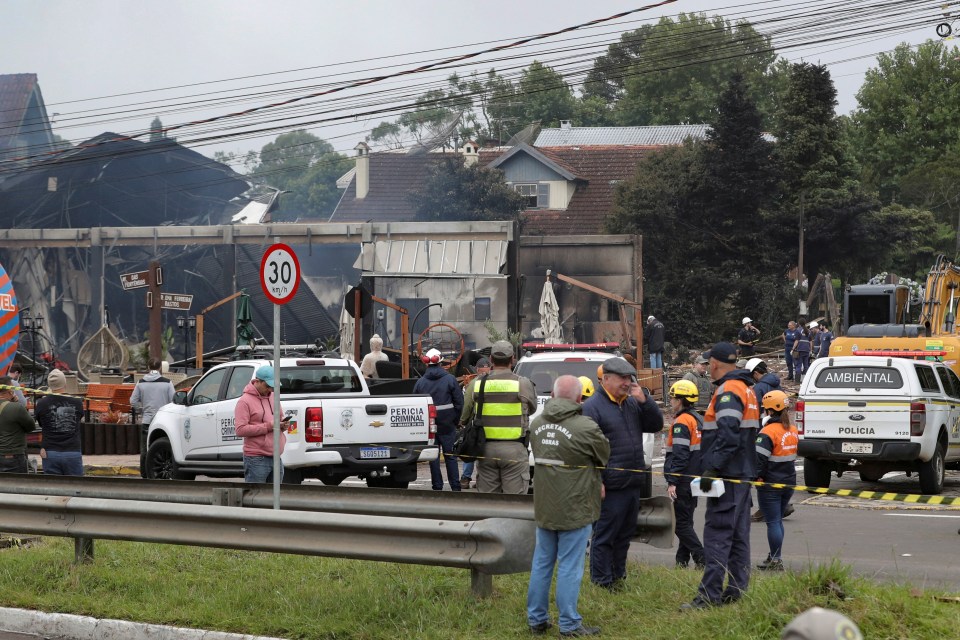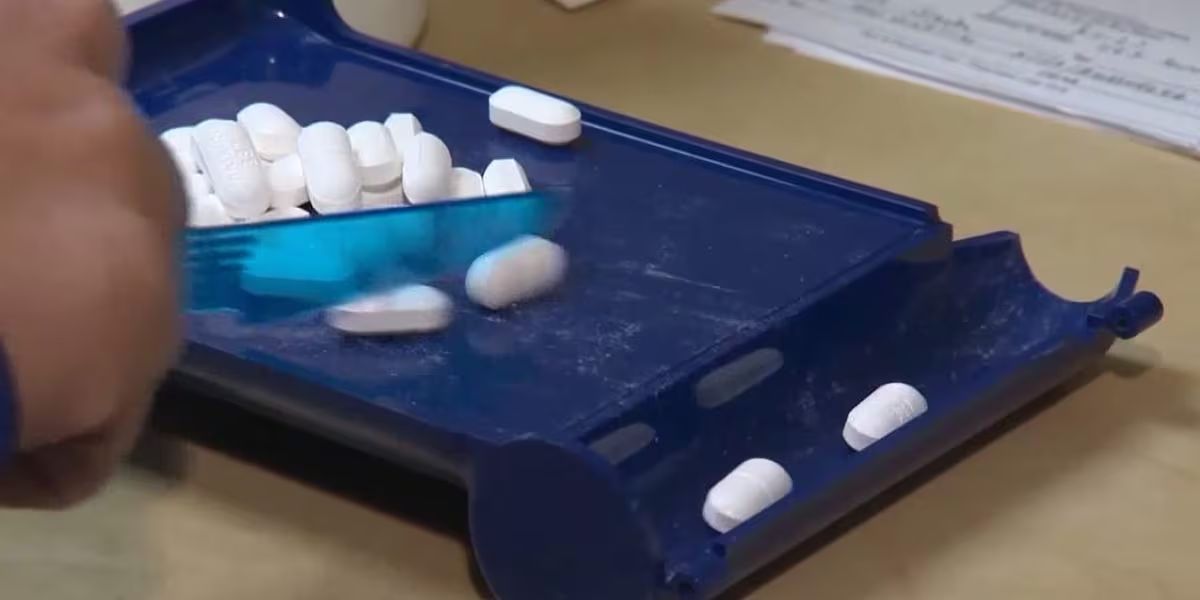DHEC Launches Overdose Dashboard to Combat Drug Epidemic in South Carolina
The Department of Health and Environmental Control will make monthly non-fatal overdose statistics available online to identify drug trends and raise awareness of overdose consequences across the state.
According to Beth Bair, head of chemistry at DHEC, while fatal overdose counts and data are important, non-fatal drug overdoses may also play a role in understanding and preventing the epidemic.
“This was a labor of love for us. Getting this dashboard published and made publicly available. In 2019, we secured funding from the [Centers for Disease Control and Prevention] to set up an overdose biosurveillance program at the public health lab. We understand that we have a very big problem with overdoses in South Carolina, particularly drug-related overdoses,” Bair states.
She hopes that the website will serve as another tool in the toolbox of professionals working in treatment and prevention. The website breaks down how frequently particular medicines appear in overdoses. Samples are collected anonymously from partner hospitals across the state.
“In the appropriate hands, it will undoubtedly assist people better understand how drugs are used and supplied in South Carolina, as we can see some tendencies in the data already. And when you have data like this, it can be very powerful, and it can help public health professionals, medical professionals, and policymakers better understand how these drugs are being used in our communities, identify novel drugs that are being used in our communities, and hopefully help these other groups of people address the opioid epidemic,” Bair says.
Coroner Darnell Hartwell of Berkeley County said he is continuously gathering overdose data and providing it to DHEC. While his work focuses on identifying deadly overdoses after death, he believes that all data is vital for prevention.
“I believe it is a very proactive technique to have. “I believe the community needs to know what is going on in their communities, and it is our responsibility to ensure that the people we serve are aware of that information,” Hartwell adds. Hartwell collaborates with local law enforcement and prevention centers, emphasizing communication and collaboration as a means of resolving drug problems. He understands that it can be an uncomfortable topic for people with loved ones, but he recommends that they check into this technology and stay mindful of their surroundings at all times.
“I believe 100% is a conversation that we must have. It’s difficult for me to have those conversations,” Hartwell admits. “Last year, we received over 1,800 calls in Berkeley County. We saw a considerable increase in overall numbers, as well as deaths, but I find it difficult to discuss those figures. However, proactive behavior is an important element of my profession. And again, ensuring that our constituents and provincial partners understand what we’re witnessing so that we can implement solutions.”
So far in 2024, the program has examined 945 suspected non-fatal overdose samples. The top three narcotics detected in positive samples thus far are methamphetamine, cocaine, and fentanyl, in that order. Bair believes that this will be a resource for healthcare staff, preventive partners, law enforcement, and lawmakers.
“We’re committed to getting this information out to the public and to people who are working on the front lines who are working hard to address this epidemic in South Carolina,” Bair said. “Because improving the lives of South Carolinians is extremely important to us. So perhaps, this dashboard will give a means for that.”










